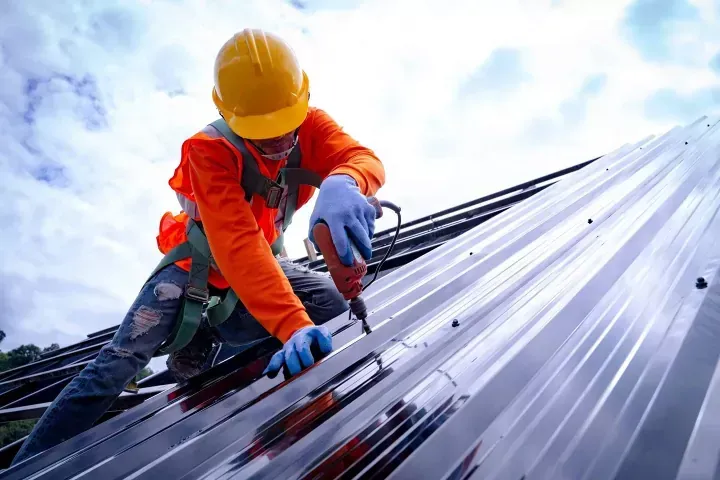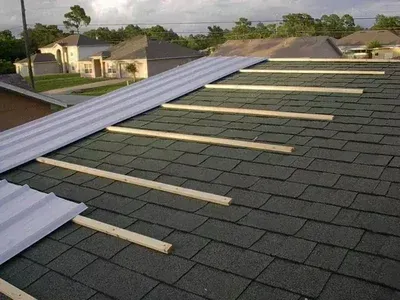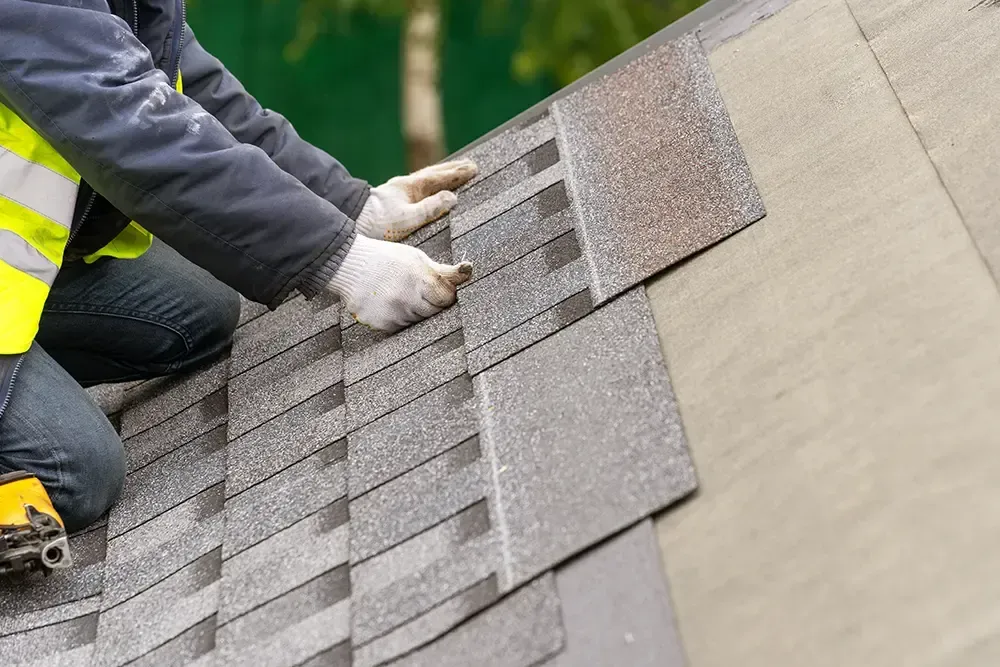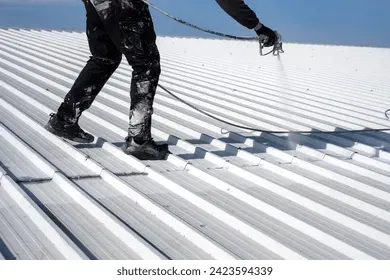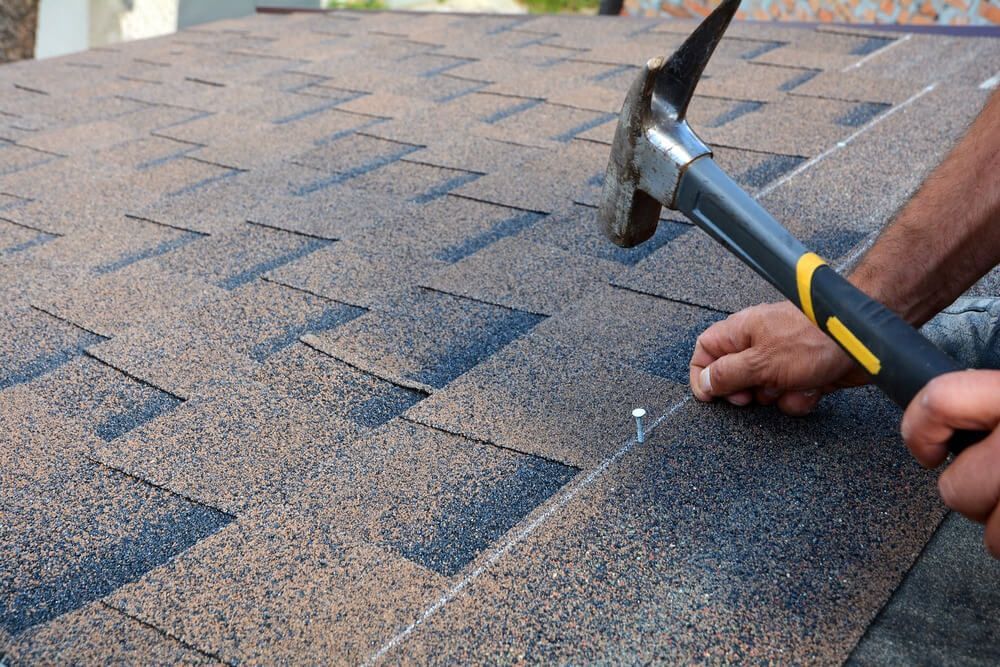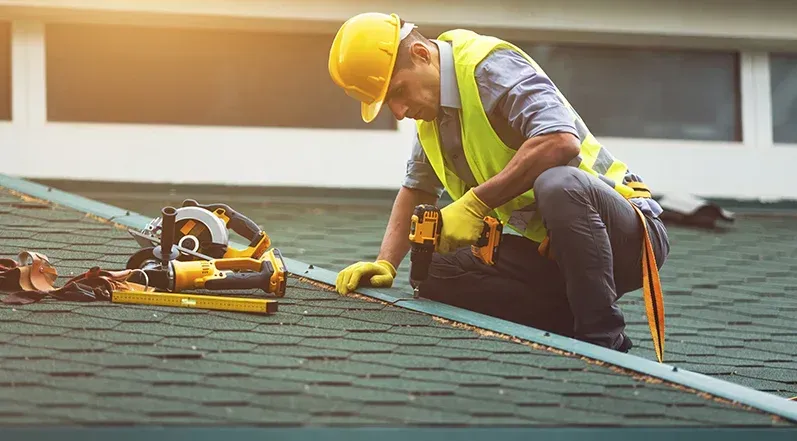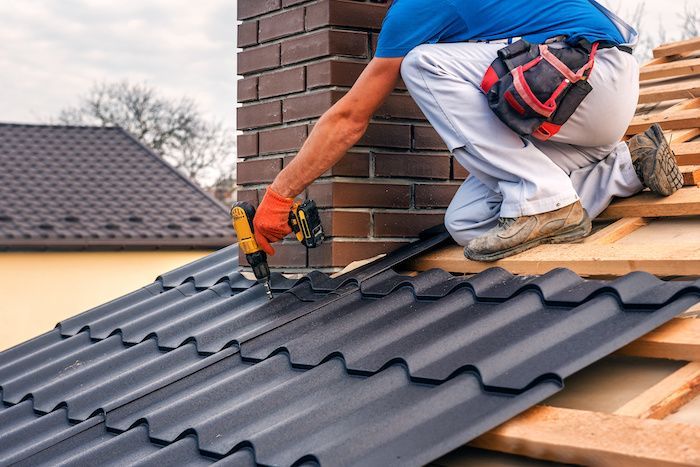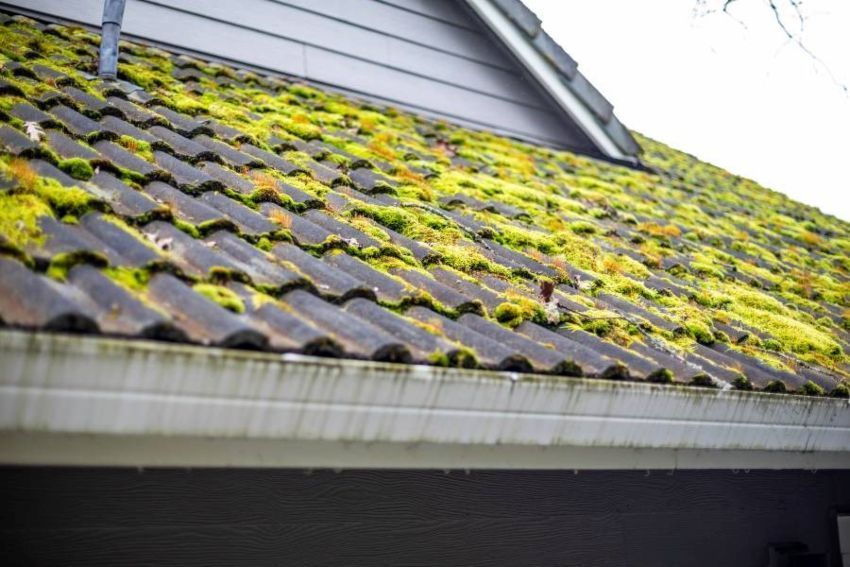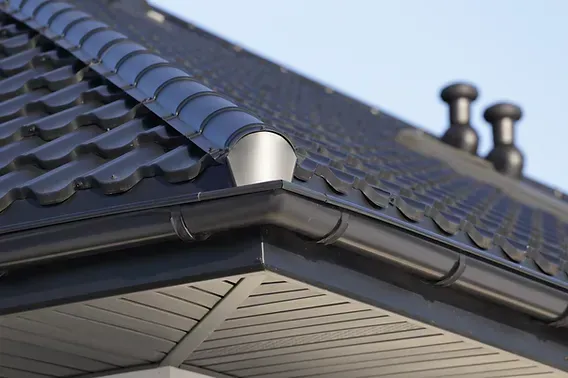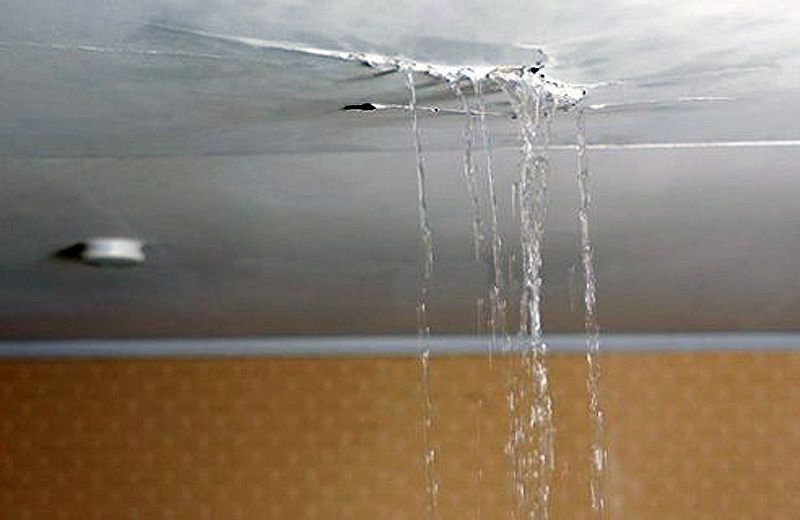What Are the Pros and Cons of Flat vs. Pitched Roofs?
The choice between flat and pitched roofs ultimately comes down to your specific needs: flat roofs are cost-effective and provide usable space, while pitched roofs excel in durability and weather resistance. Understanding the pros and cons of each option is essential to making the right decision for your building or home.
Understanding Roof Types
Flat Roofs
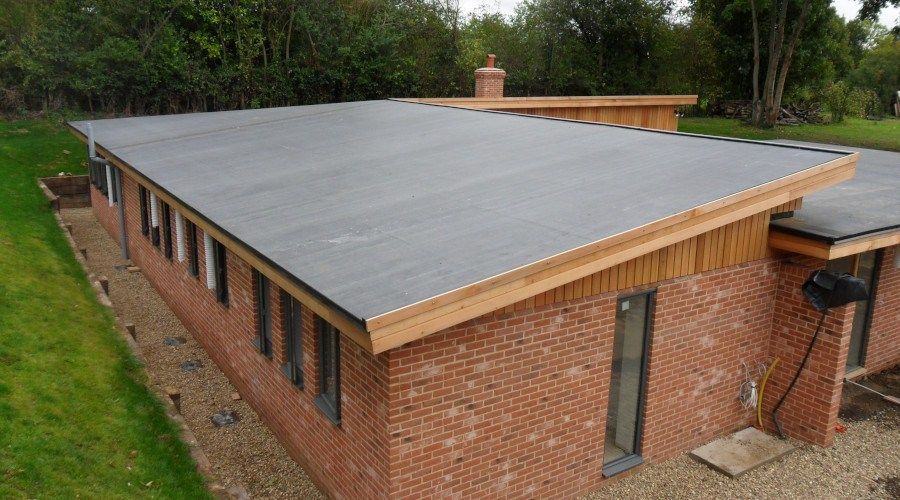
Flat roofs are characterized by their low slope, making them nearly level. They are commonly found on modern homes and commercial buildings. Typical materials include EPDM rubber, TPO, and PVC membranes, which provide flexibility and water resistance. These materials make flat roofs a popular choice in urban areas where maximizing space is crucial.
Flat roofs often provide a clean and minimalist aesthetic that aligns with contemporary architectural designs. Additionally, flat roofs are a practical solution for buildings with height restrictions or where additional rooftop functionality is desired.
Pitched Roofs
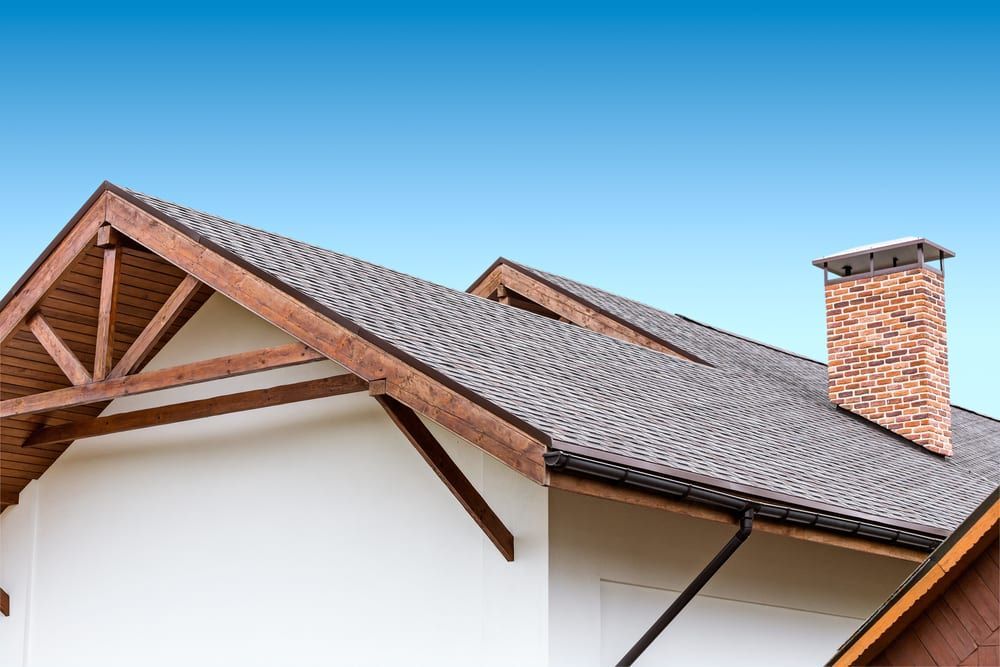
Pitched roofs have a noticeable slope, often forming a triangle when viewed from the side. They are a staple of traditional architecture and are constructed using materials like asphalt shingles, clay tiles, or metal panels. The slope of a pitched roof is designed to optimize water and snow runoff, making it a durable choice for areas with extreme weather conditions.
Beyond their functional benefits, pitched roofs contribute to the overall character of a building, often enhancing its visual appeal. They also allow for attic spaces or vaulted ceilings, offering opportunities for storage or unique interior design features.
Pros and Cons of Flat Roofs
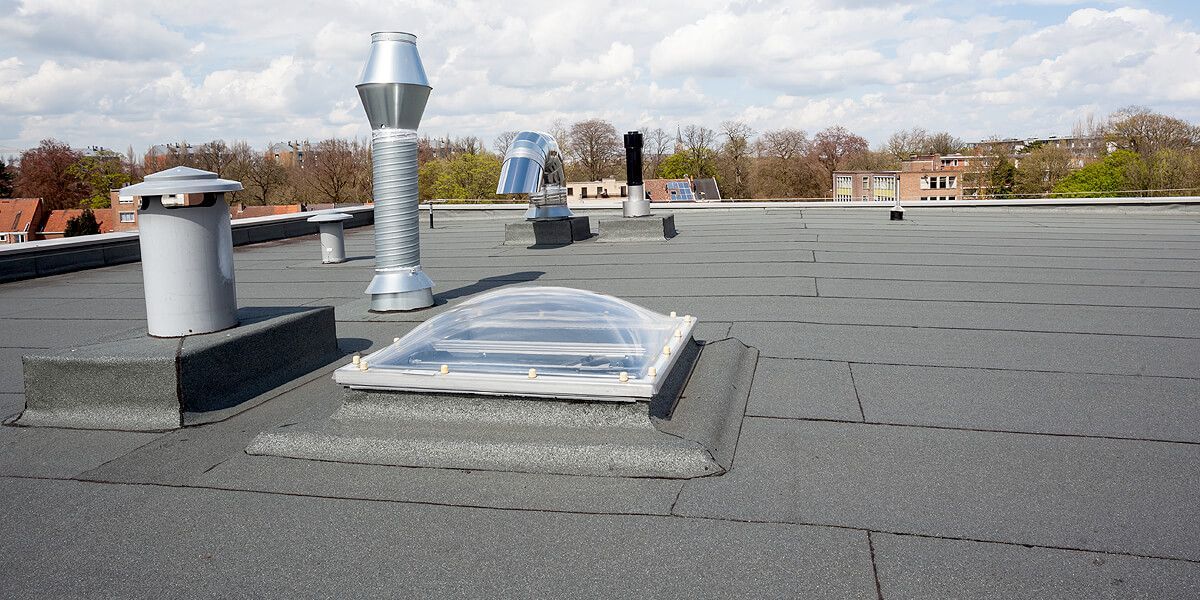
Advantages of Flat Roofs
- Cost-Effectiveness: Flat roofs are generally cheaper to install due to simpler designs and reduced material requirements. This affordability makes them an attractive option for commercial buildings and homeowners on a budget.
- Usable Space: They can double as functional spaces for rooftop gardens, solar panel installations, or HVAC systems. In urban areas, this additional space can be a game-changer for property owners looking to maximize utility.
- Modern Aesthetic: Flat roofs complement contemporary architectural designs, offering a sleek and minimalist look. They are particularly favored in modern housing developments and office buildings.
- Ease of Maintenance: Accessing flat roofs for repairs or inspections is simpler and safer compared to pitched roofs. This accessibility reduces maintenance costs over time.
Disadvantages of Flat Roofs
- Drainage Issues: Without a slope, water tends to pool, increasing the risk of leaks and water damage. Proper drainage systems, such as interior drains or scuppers, are essential.
- Shorter Lifespan: Flat roofs typically last 10–20 years, less than the average lifespan of pitched roofs. The durability depends heavily on the materials used and the quality of installation.
- Higher Maintenance Needs: Regular inspections and upkeep are crucial to prevent long-term damage. Flat roofs are more susceptible to wear and tear from debris and weather exposure.
- Limited Design Versatility: Flat roofs offer fewer design options compared to their pitched counterparts, which may limit their appeal in residential settings.
Pros and Cons of Pitched Roofs
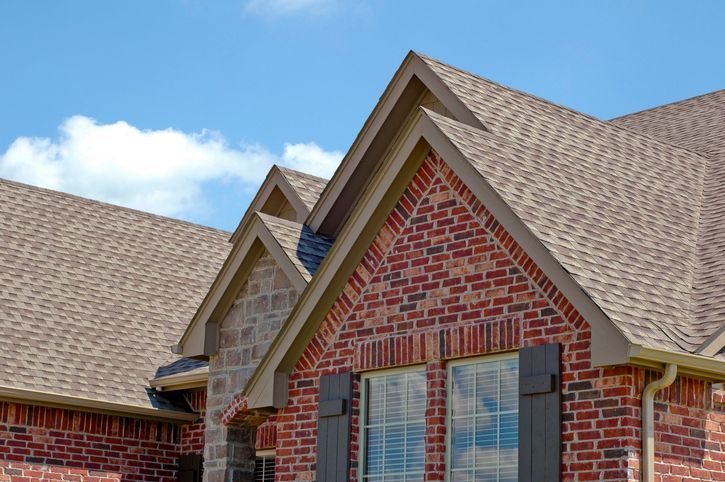
Advantages of Pitched Roofs
- Effective Drainage: The sloped design ensures efficient water runoff, reducing the risk of leaks and standing water. This makes pitched roofs particularly effective in regions with heavy rainfall or snowfall.
- Durability and Longevity: Pitched roofs are built to withstand harsh weather conditions and can last 20–50 years or more with proper maintenance. Materials like metal or slate can extend this lifespan even further.
- Energy Efficiency: Proper insulation and ventilation in a pitched roof can help regulate indoor temperatures. This can lead to significant energy savings in both hot and cold climates.
- Traditional Aesthetic Appeal: Pitched roofs offer timeless charm that enhances the look of many residential and commercial properties. They often blend seamlessly with classic architectural styles.
Disadvantages of Pitched Roofs
- Higher Initial Cost: Pitched roofs require more materials and labor, making them more expensive to construct. The upfront investment can be substantial, particularly for larger buildings.
- Complex Installation: The intricate framing and design increase the time and expertise needed for installation. Errors in construction can lead to long-term structural issues.
- Limited Accessibility: Maintenance tasks can be more challenging and dangerous compared to flat roofs. Safety equipment and professional services may be required for repairs.
- Space Constraints: Unlike flat roofs, pitched roofs don’t offer additional usable rooftop space. This limitation may be a drawback for homeowners seeking functional outdoor areas.
Factors to Consider When Choosing Between Flat and Pitched Roofs
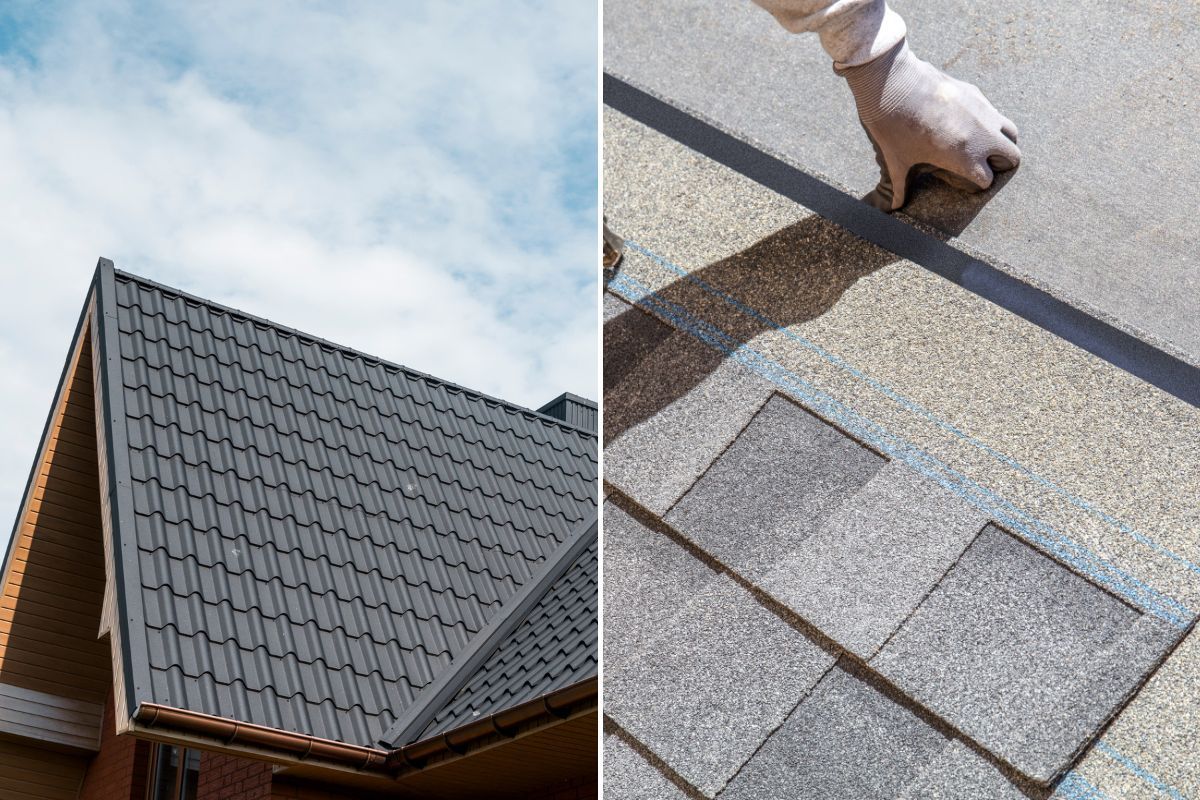
1. Climate
- Flat Roofs: Best suited for areas with minimal rainfall or snow. In warmer climates, flat roofs can also support green roofing systems to improve energy efficiency. To explore the best materials for these conditions, check out our guide on Best Roofing Materials for Hot Climates.
- Pitched Roofs: Ideal for regions prone to heavy rain or snowfall due to superior drainage. They’re also better suited for areas with extreme wind conditions.
2. Building Design
- Flat Roofs: Complement modern and commercial buildings. They are often used in industrial settings where functionality takes precedence over aesthetics.
- Pitched Roofs: Align with traditional or rustic architectural styles. They add character and often increase curb appeal in residential neighborhoods.
3. Budget
- Flat Roofs: More affordable upfront but may require frequent maintenance. The lower initial cost makes them an appealing choice for cost-conscious projects.
- Pitched Roofs: Higher installation costs but lower long-term maintenance expenses. The durability of pitched roofs can offset the higher upfront investment.
4. Intended Use
- Flat Roofs: Great for additional rooftop functionality, like gardens or solar panels. They are also suitable for commercial applications where equipment is housed on the roof.
- Pitched Roofs: Provide better protection but lack functional rooftop space. They are often chosen for their aesthetic and practical advantages in residential settings.
Comparing Flat and Pitched Roof Maintenance
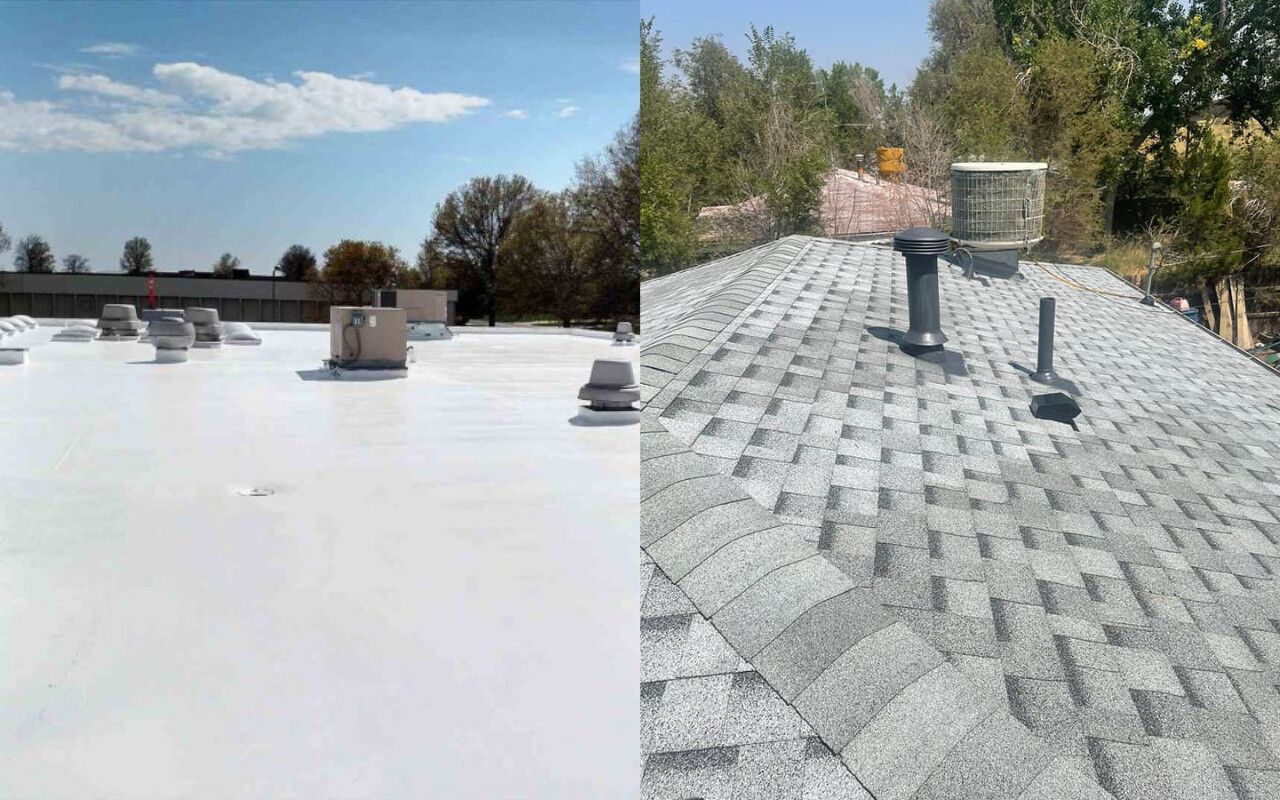
Flat Roof Maintenance Tips
- Inspect regularly for cracks or pooling water. Address small issues before they escalate into major problems.
- Clear debris to prevent blockages in drainage systems. Proper drainage is critical for extending the life of a flat roof.
- Apply waterproof coatings periodically to extend lifespan. These coatings can improve resistance to UV rays and weather damage.
Pitched Roof Maintenance Tips
- Clean gutters and downspouts regularly to avoid clogs. Proper drainage helps maintain the structural integrity of a pitched roof.
- Check for damaged or missing shingles after storms. Prompt repairs can prevent water infiltration and further damage.
- Ensure proper attic ventilation to prevent moisture build-up. Good ventilation helps maintain indoor air quality and reduces energy costs.
Conclusion
Flat roofs and pitched roofs each come with unique advantages and challenges. While flat roofs are cost-effective and versatile, pitched roofs offer superior durability and protection. Your decision should depend on factors like climate, budget, architectural style, and intended use. Consulting with roofing professionals can provide clarity and ensure you select the best option for your specific needs. Ultimately, the right roof type can enhance the functionality, aesthetic, and value of your property.

